On the road in the Netherlands with the German and European Policy Education Center
Friends in Europe are not only to be found in our border town Borne, but also further away in the “heart” of the Netherlands. This is what the participants of the study seminar “So near and yet so unknown” learned last week. This political study of the country was offered by the German and European Political Education Association of North Rhine-Westphalia.
The first destination was the seat of government of the Netherlands, The Hague, under the direction of Dr. André Böing. The city, which is also home to the International Criminal Court, surprised the participants with its interesting combination of historical and modern urban architecture.
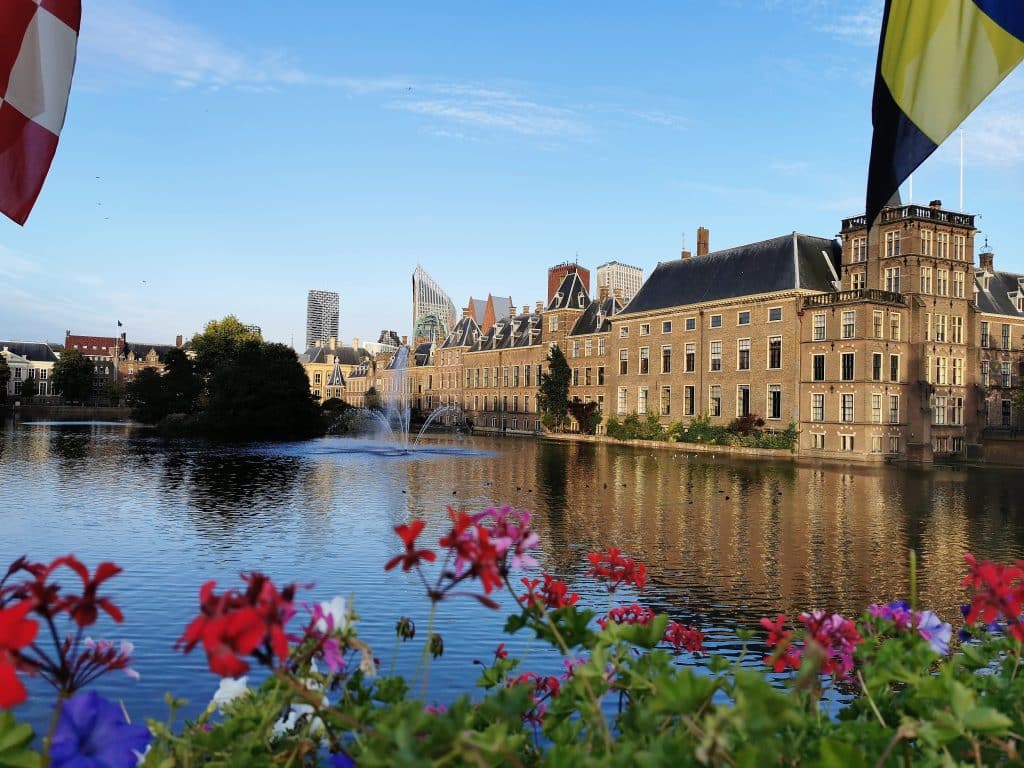
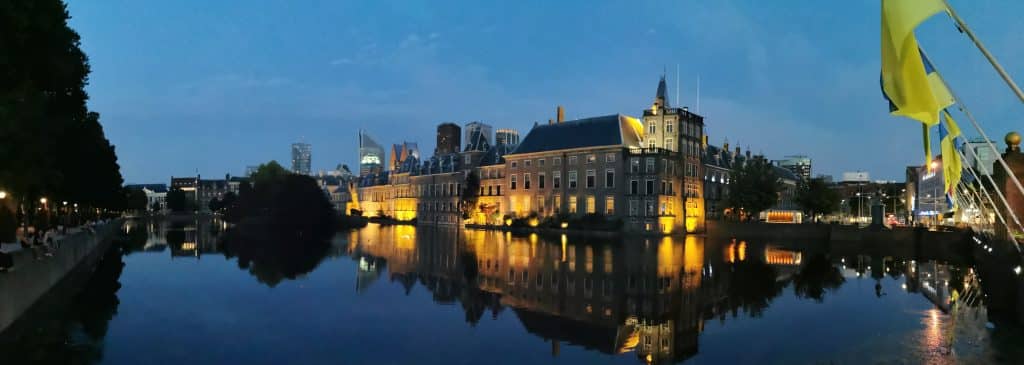
In the Binnenhof and in the surrounding (modern) buildings, politics is made. Eerste Kamer (the Senate) and Tweede Kamer (the Parliament) are located here. In the Binnenhof is also the Knights’ Hall (Ridderzaal), where the King delivers the Speech from the Throne on the third Tuesday in September (Prinsjesdag) and opens the new parliamentary year.

The Binnenhof is located in the middle of the city, so it is hard to miss. The building dates back to the 13th century and was originally the hunting lodge of the Count of Holland. Over time, more and more buildings were added, and today the Dutch Prime Minister has his workplace in The Hague’s Binnenhof.
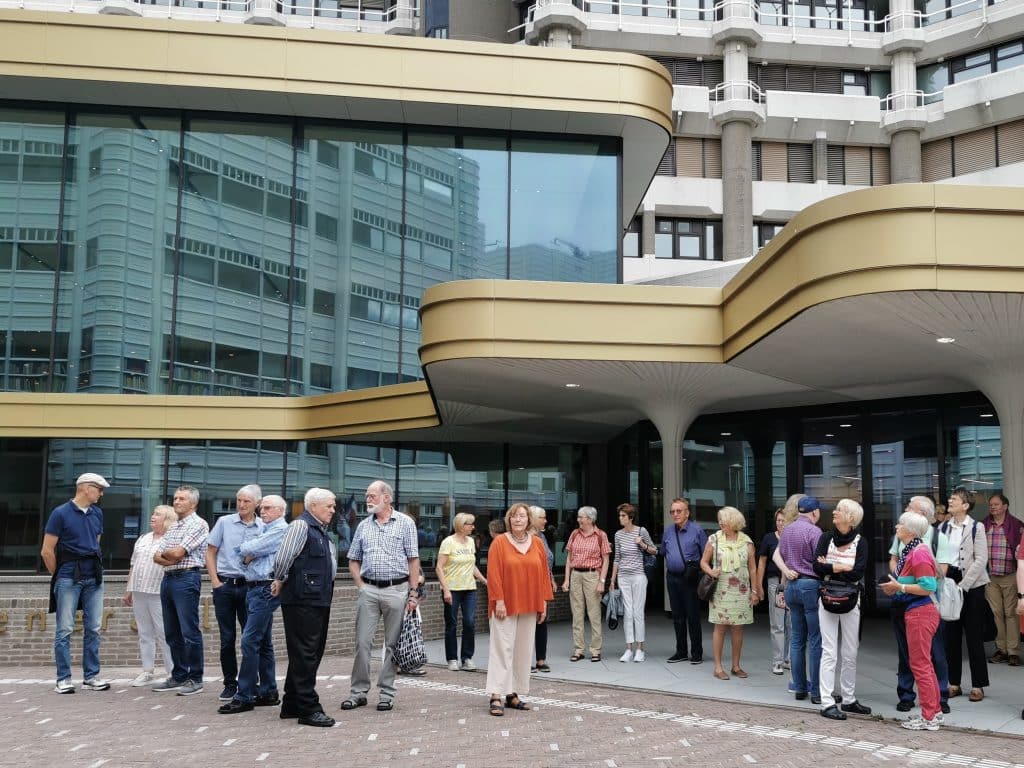
Since the rooms of the “Tweeden Kammer” in the Binnenhof are closed for a few years for renovation, the parliament was moved out. Here Judith Tielen, member of the Tweede Kamer and the Contact Group Germany received the guests. In conversation with the politician, topics such as health and climate protection were discussed. The guests also had the opportunity to look into the large meeting room of the parliament, where a general debate was in progress.
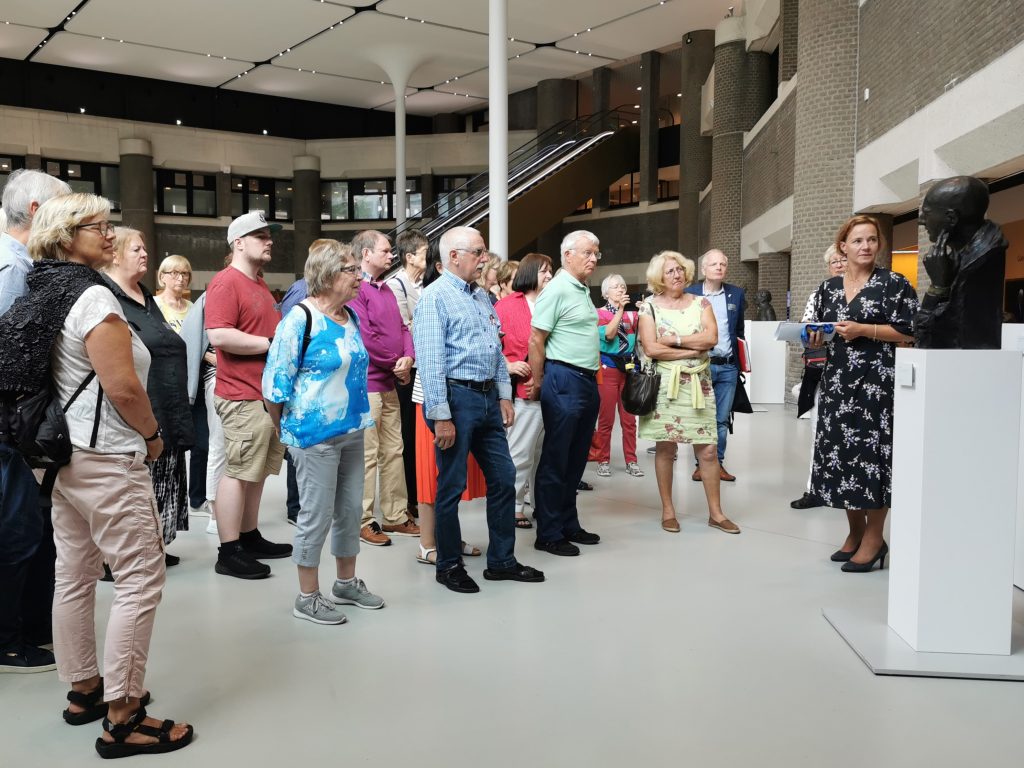
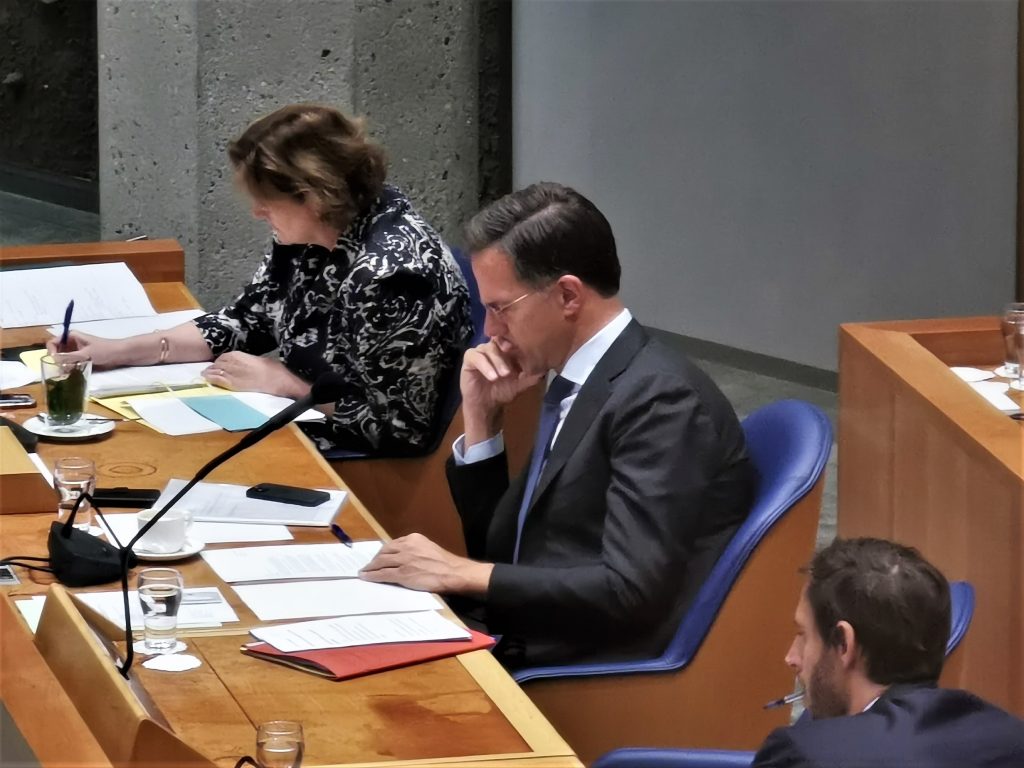
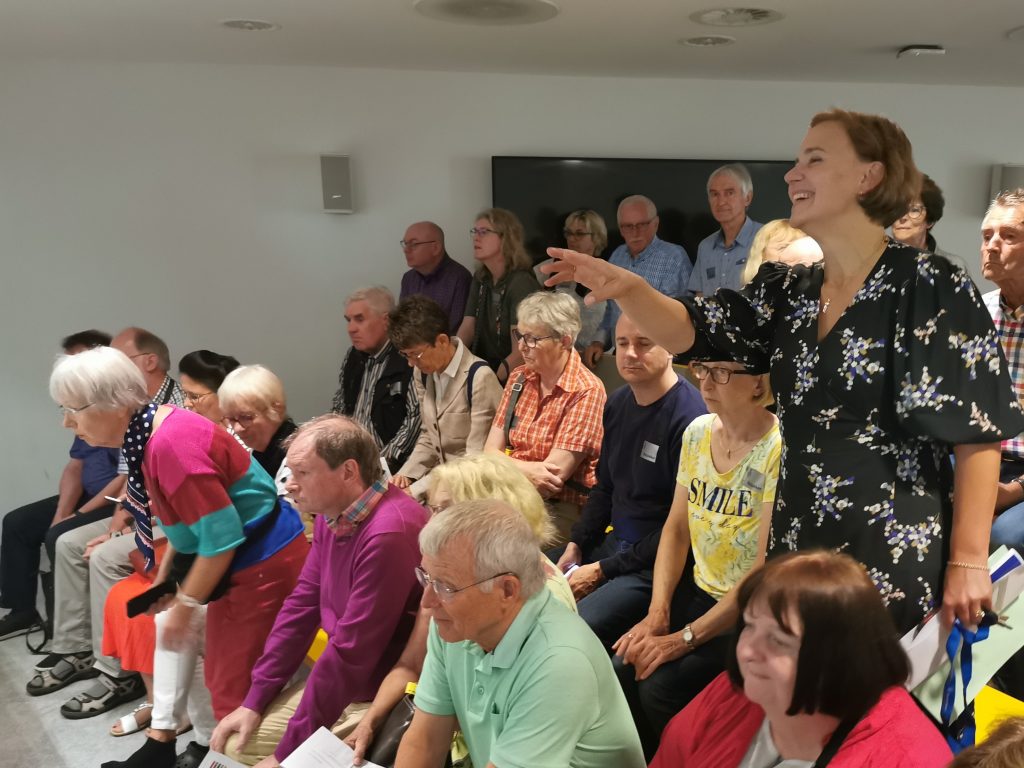
The topics were explored in greater depth during a visit to the German Embassy, where Embassy Counselor Heinrich Rohlfing was on hand to answer questions.
The seminar participants learned how the port city of Rotterdam developed after destruction and reconstruction after 1949 during a historical-political city tour and a harbor tour.
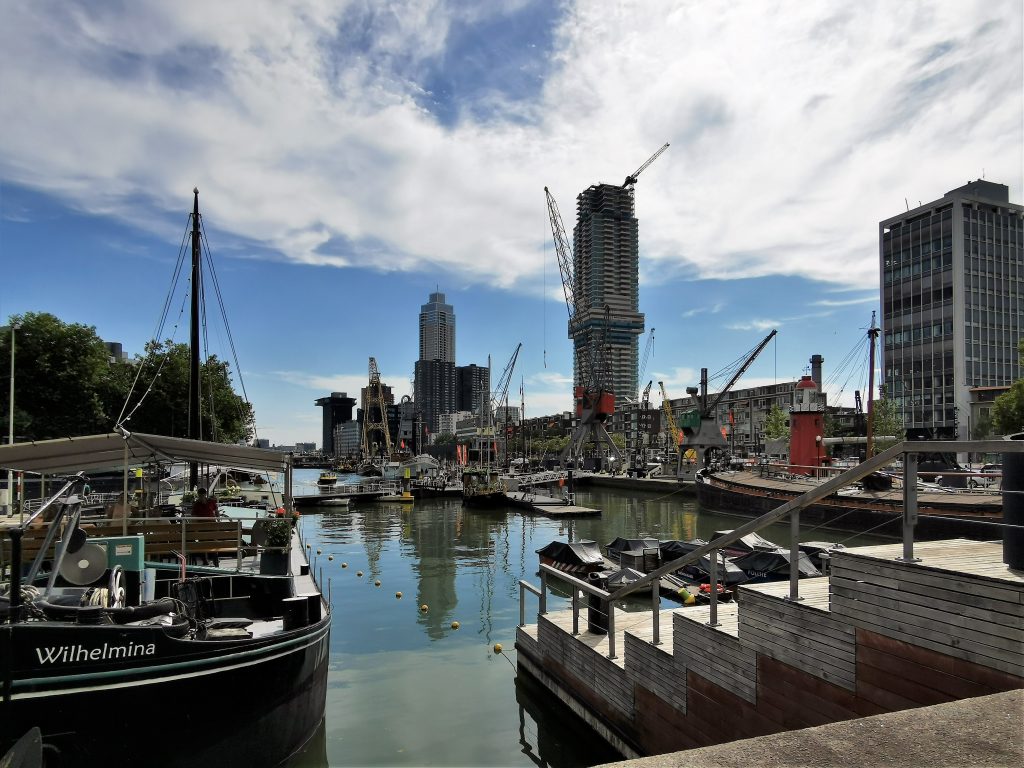
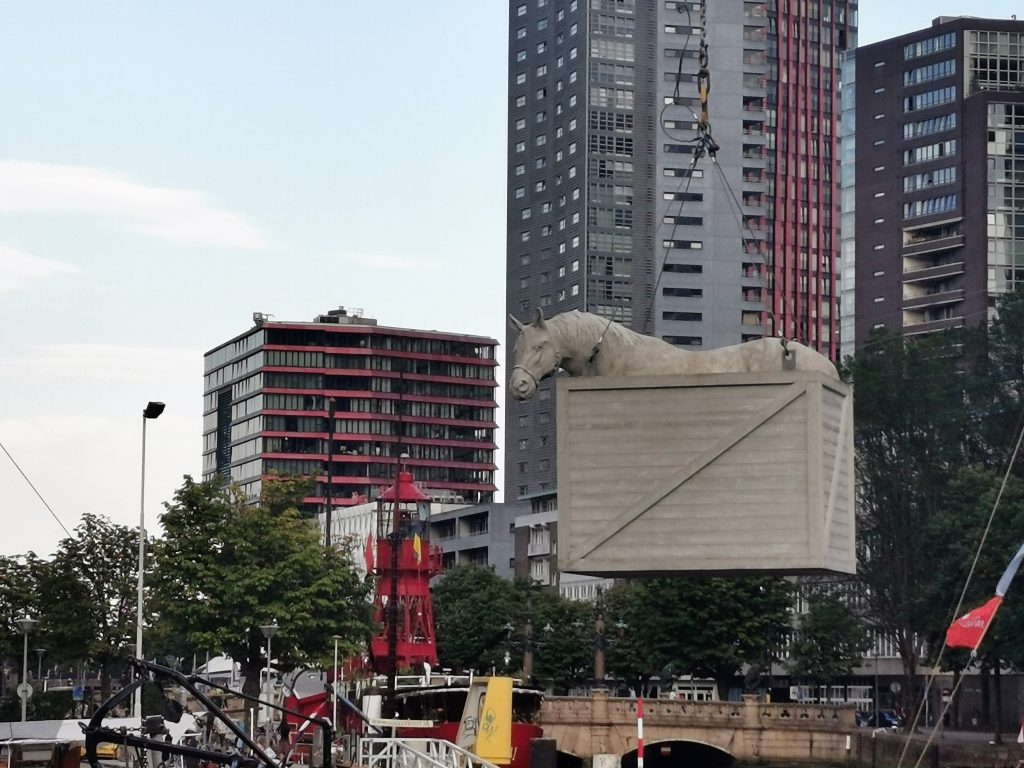
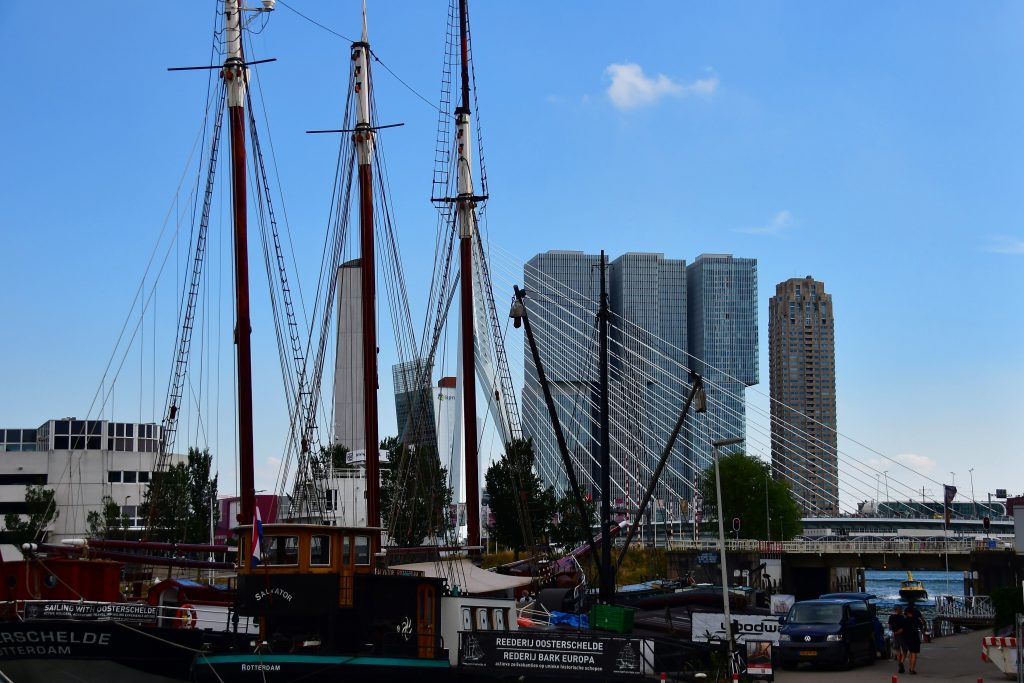
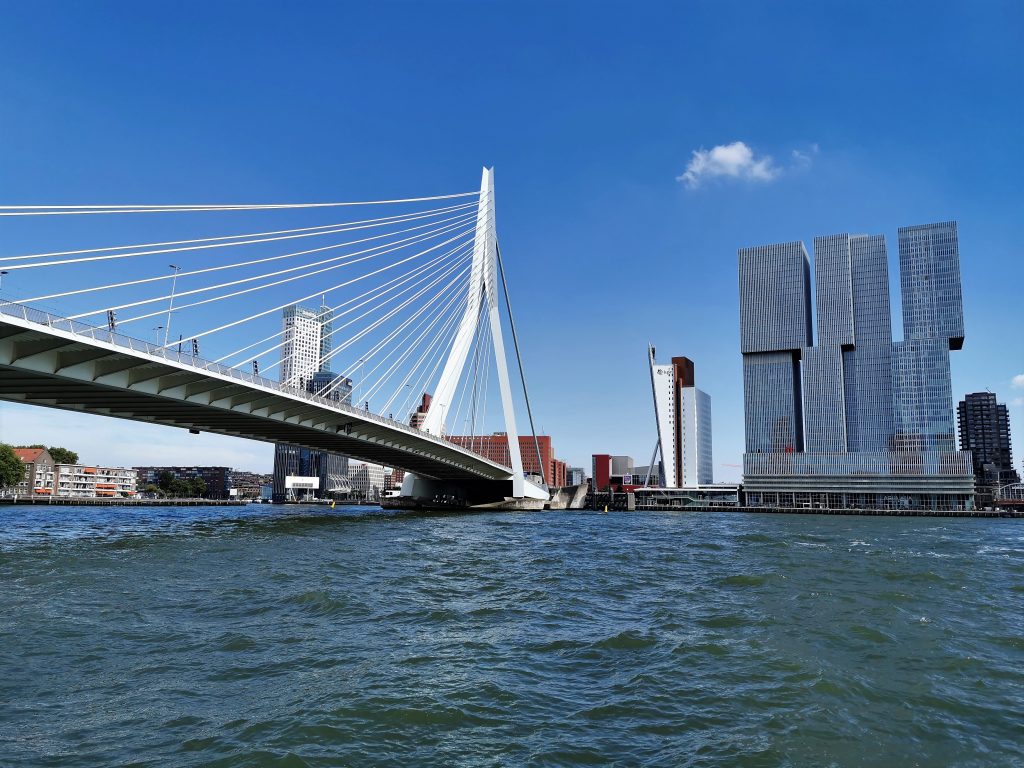
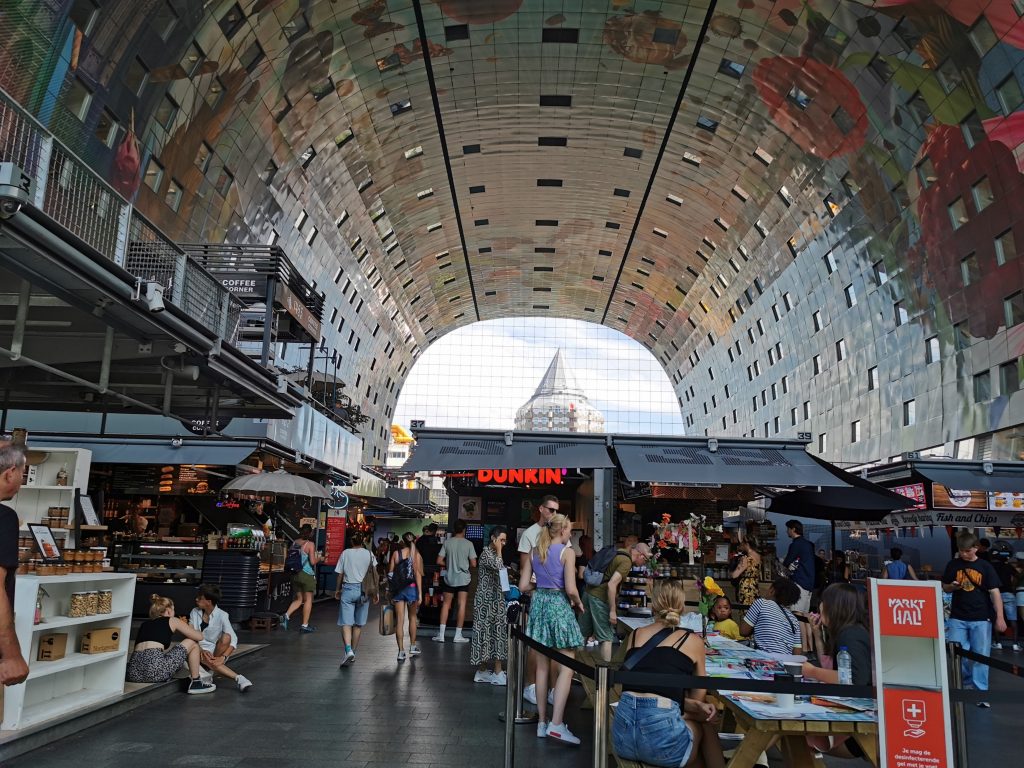
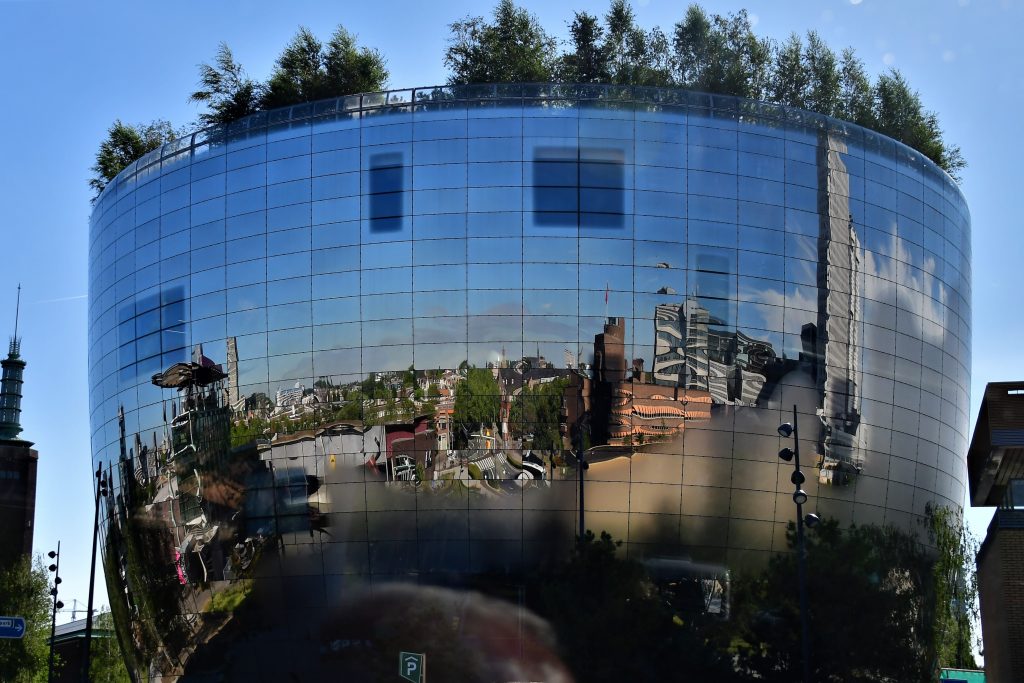
Aldo Lodder provided information on the current state of German-Dutch economic relations during a visit to the German-Dutch Chamber of Commerce.

More topical than ever, climate change was explained during a visit to Deltapark Neeltje Jans. This is the site of the Delta Works, the largest storm surge barrier in the world.
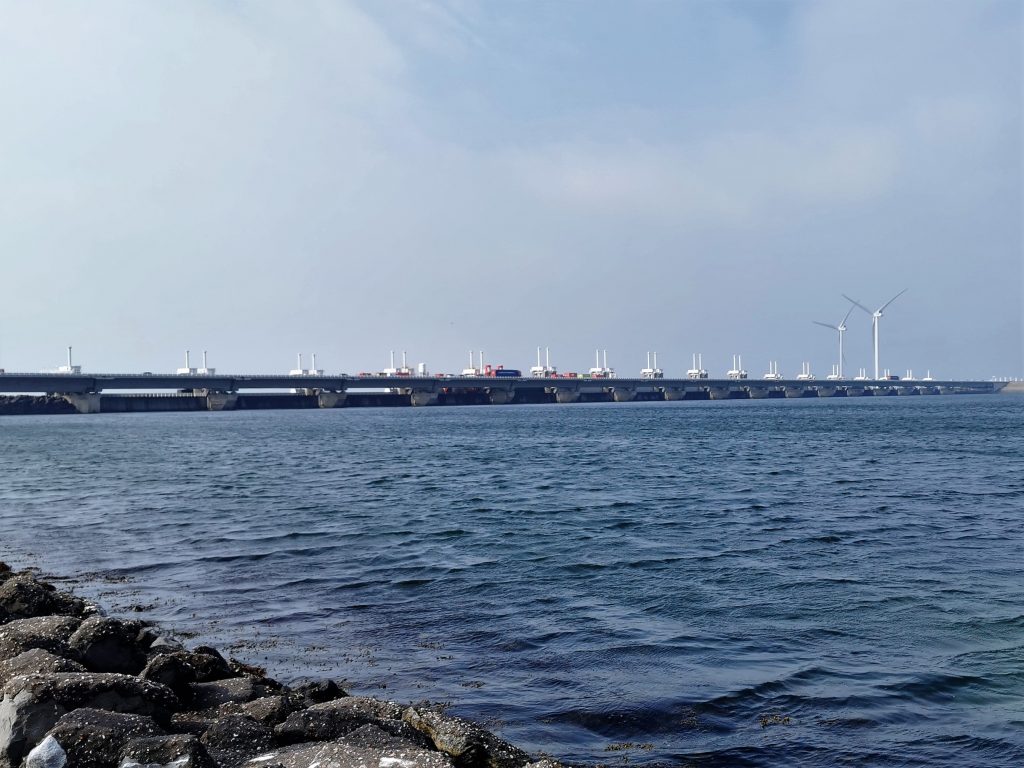
The last day was spent in Delft. The birthplace of painter Jan Vermeer, master of light and creator of the painting “The Girl with the Pearl Earring,” Delft has a close relationship with the Dutch royal family.
In the Old Church and the New Church, as well as at the “Prinsenhof”, you will become aware of the strong relationship between Delft and the Dutch royal family. In the Nieuwe Kerk, or New Church of Delft, the bond between the Orangemen and the city of Delft is explained in a permanent exhibition. In the Prinsenhof, William of Orange was hit by fatal bullets in 1584. He was buried here. In the burial cellars lie the remains of a total of 46 members of the royal house.
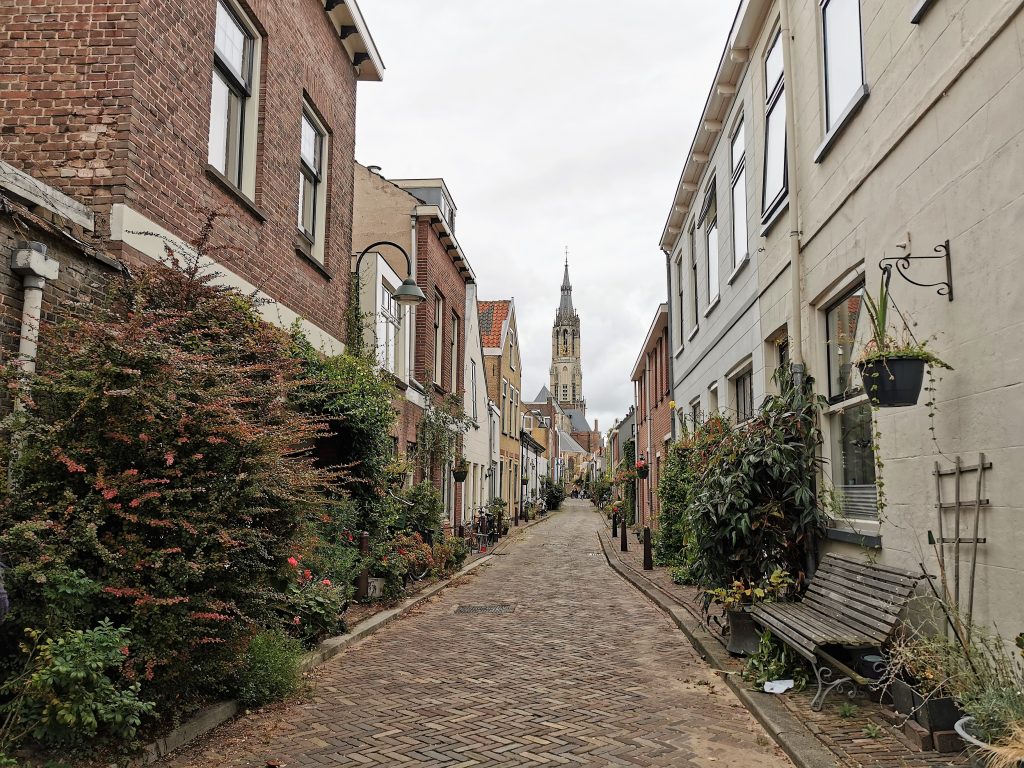
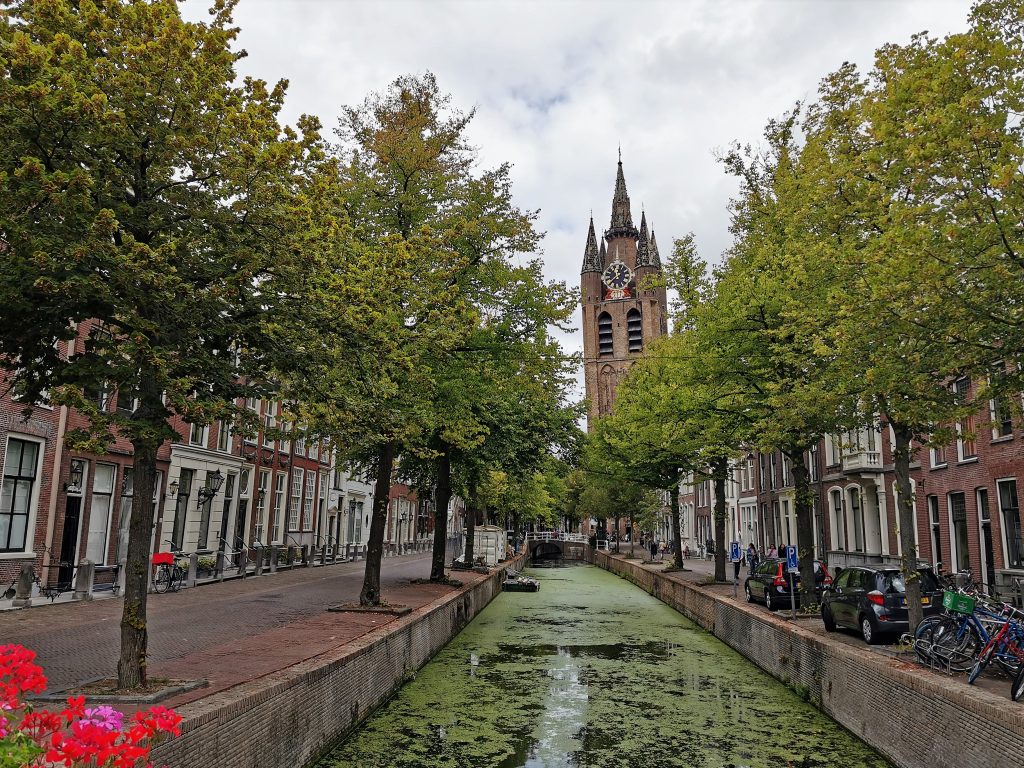
…………………………………

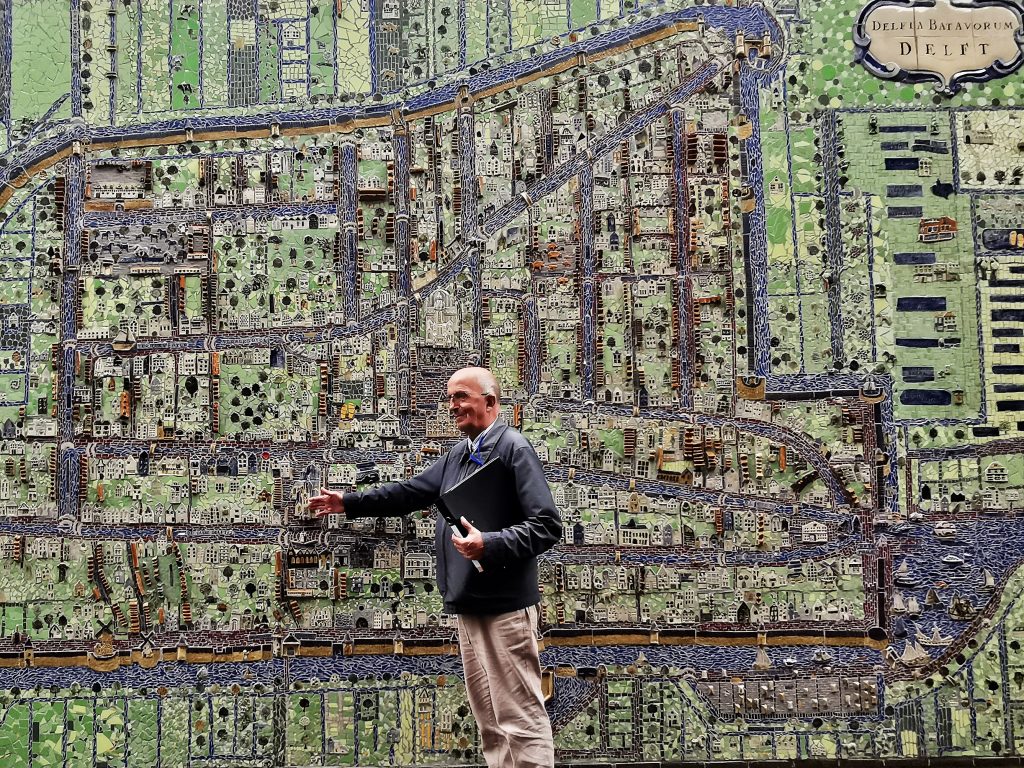

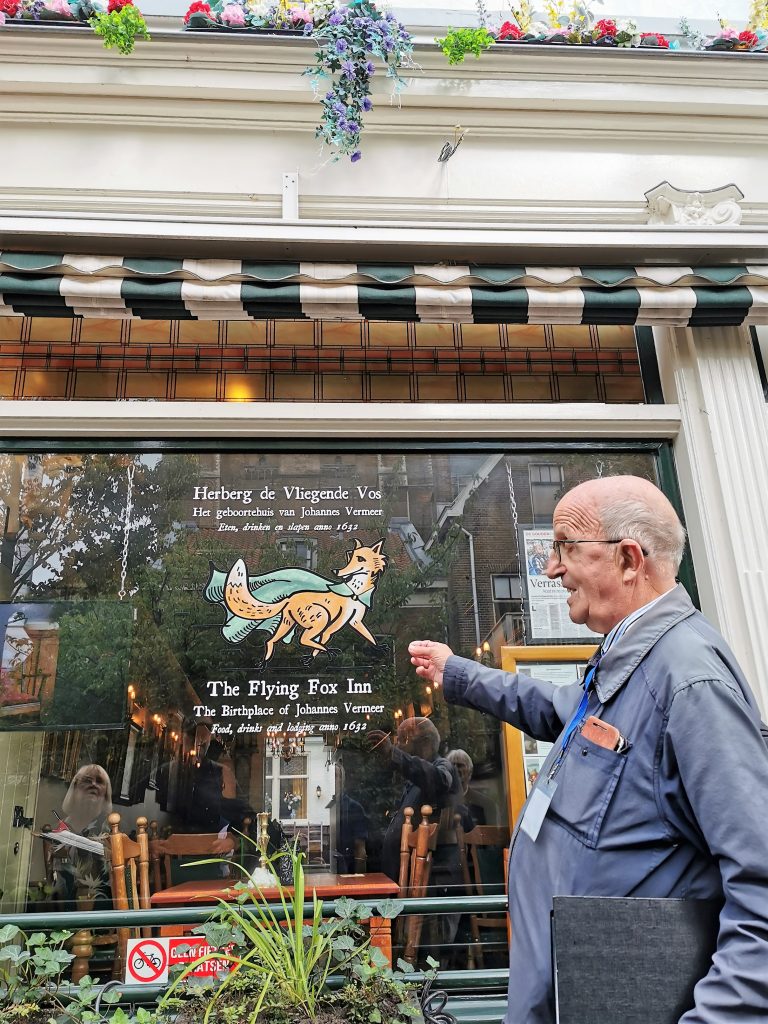
The tour group was accommodated in the Hotel Mercure Central, so in the middle of The Hague. Here one had short distances to the city center in the evening.
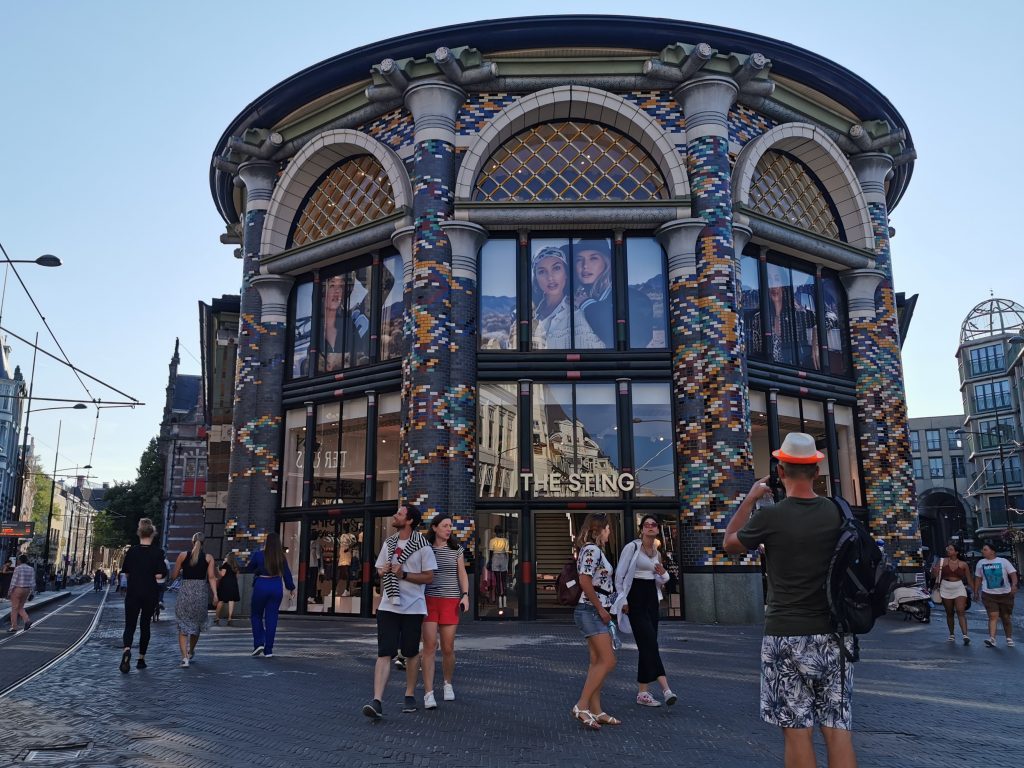
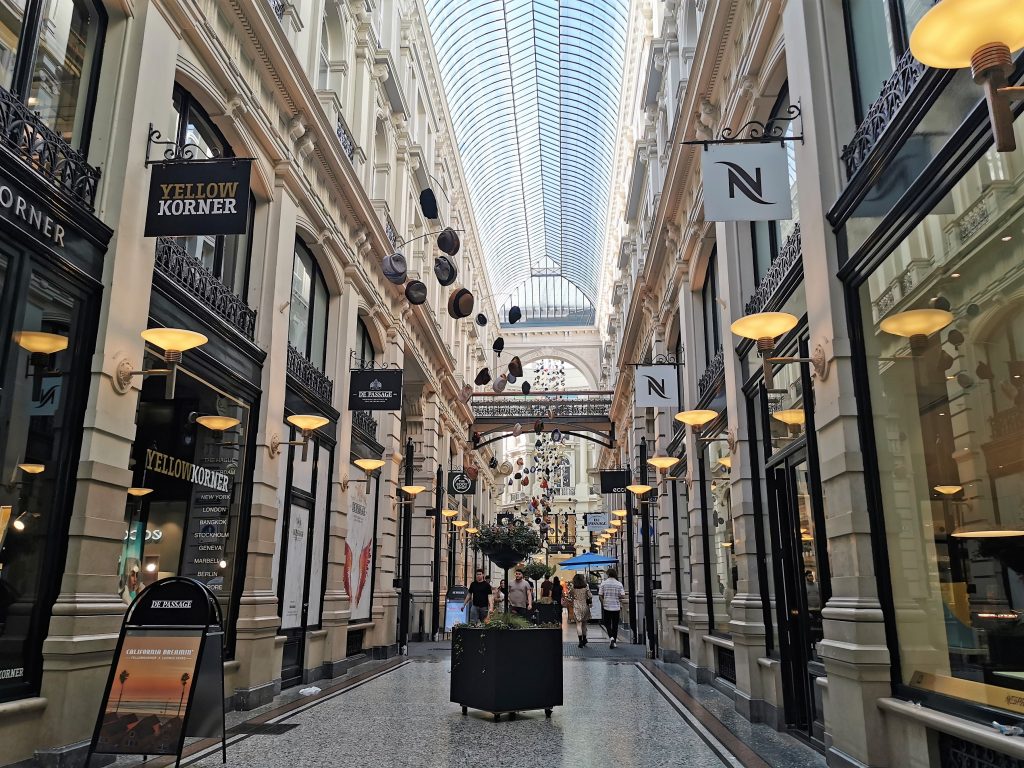

Background:
The DEPB is an independent civic education institution that has been in existence since 1977.Four full-time pedagogical staff members and two administrative staff members organize in cooperation with numerous partners from different political and social fields (local associations of political parties, trade unions, church groups, clubs, adult education centers, etc.) about 50 study seminars per year on the topics of German politics, European politics and general or international politics.Since the DEPB has an office in Tecklenburg without its own conference rooms, the study seminars, which last several days and usually involve four or five overnight stays, take place in about 25 different locations throughout Europe. Participants thus have the opportunity to learn about important political issues directly “on site” and at first hand; important institutions are visited and topics are communicated by competent speakers from political and social practice.
Contact:
DEPB
Germany and
European Policy Education Center
North Rhine-Westphalia
Brochterbecker Str. 28
49545 Tecklenburg
T: +49 (0) 5482 93 98-0
F: +49 (0) 5482 93 98-20
www.depb.de